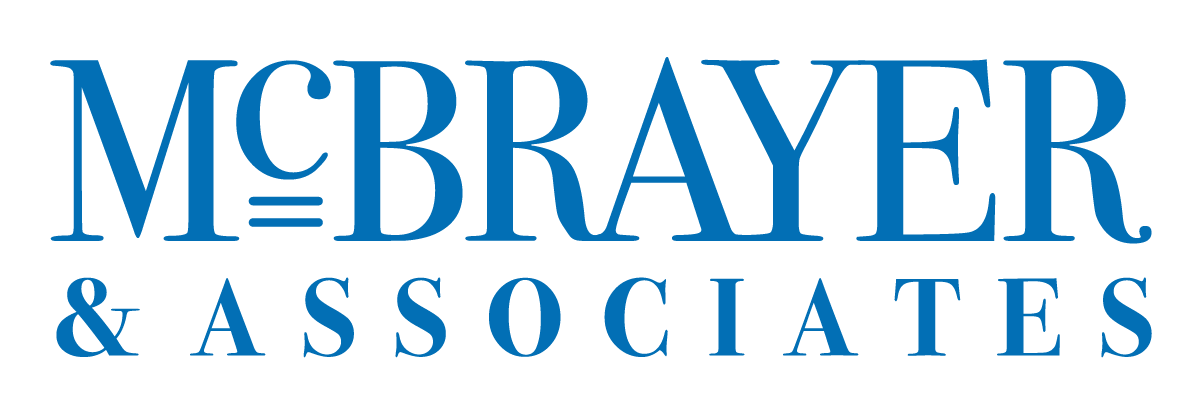How to Move Prospects to Find a Solution: Diagnosing Pain & Gain

In diagnosing pain and gain of a prospect’s business situation, we better inform ourselves to create solutions that fit their problems or goals. With our solutions prepared, we can structure our sales proposal into a pleasurable destination—a favorable solution to our prospect’s issues.
The reason that we discover before we present is to find out what our prospect’s problems are and how their business is impacted negatively by them. We also determine what our prospects value, what they want, and how they measure it.
Uncovering Pain Points
Psychology tells us that we are always moving either toward pleasure or away from pain. According to the stimulus-response theory in behavioral psychology, pain is the bigger motivator. Therefore, we need to use this science during the Discovery phase by asking questions that help the prospect notice their pain.
Once we gather information and determine our Point B, we can then focus on the pleasure that would come from responding to that pain.
We are not only isolating the problem they were trying to avoid, but we are also establishing the negative consequences of a failure to fix their problem or achieve their goal. By realizing all these factors, we can construct a persuasive proposal.
Getting Prospects to Take Action
Here are a few ways we can use what we know to move prospects to take action.
1. List as many benefits as possible.
There are never too many benefits. We should have a list of many after we have gone through the Discovery Phase. We can then use this information to determine What’s In it For You (WIIFY). When we lead our prospects to benefits, we don’t just imply our potential positive impact; we make sure that all the dots are connected and all the benefits are revealed as effects to a direct cause. When we do this, we also demonstrate that we understand the problem and its repercussions and that we can help find a solution.
2. Write down the overarching benefits of fixing the problem or achieving the goal.
You may think “They can figure that out themselves,” which could be true, but by determining what information they get and when, we are in control of the proposal’s structure. That means we can show the cause and effect of the problem, its solution, and the benefits they can enjoy from solving it with our help.
3. Position the prospect’s needs at the heart of your presentation.
The second-biggest mistake in sales proposals is that there is no clear benefit. By always keeping the Point B in mind, we make sure that the benefits are clear and that our prospect understands how we can get them there.
Ultimately, through a diagnosis of our prospect’s pain and gain, we isolate the negative impact of not solving the problem or reaching the goal. We next show the positive impact—the benefit—of successfully addressing their most important issues. Science says that a person will move away from pain, and when our prospect wants to move, we are in a position to show them the best way to go.
